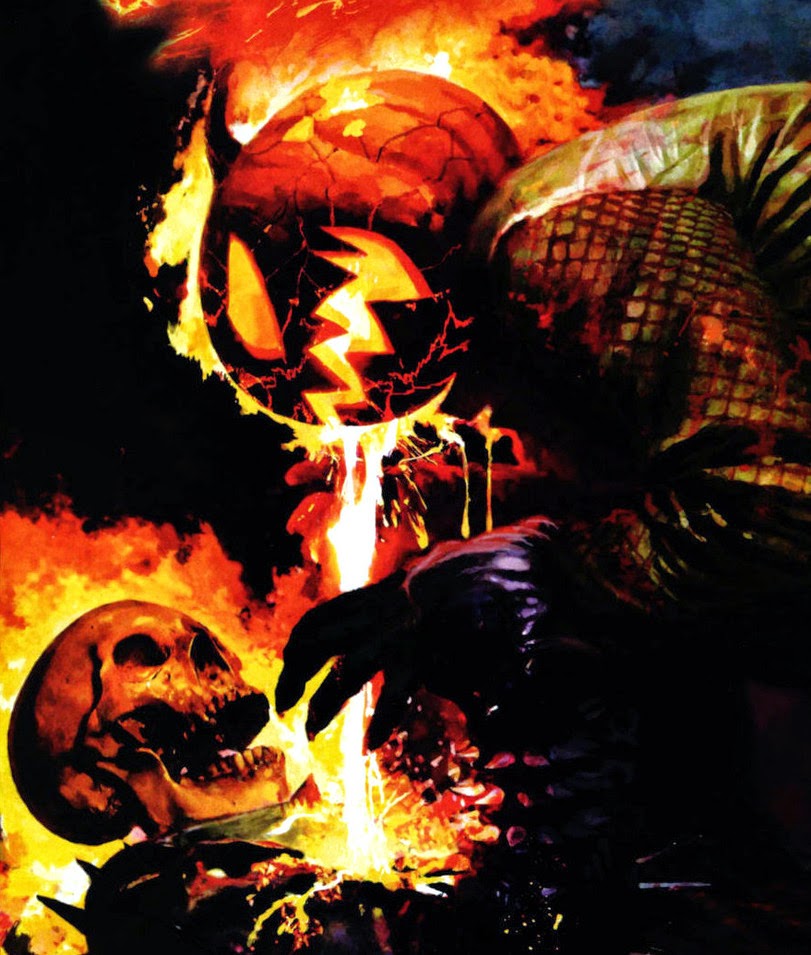A happy party for the dead, Oaxaca-styleil
In Oaxaca, Mexico, the Day of the Dead is “the biggest party all year,” according to Carolyn Kallenborn, an associate professor of design studies at UW-Madison.
“It’s bigger than Christmas. Easter week may come close, but most people talk about Day of the Dead,” she said. “And it’s a happy time.”
Now thanks to Kallenborn, there will be a celebration in Madison, too, on Nov. 1 — the traditional date of Day of the Dead celebrations across Latin America.
Kallenborn’s exhibition, “La luz y sombra” (“Light and Shadow”) is currently on display at the Edgewood College Gallery. The show is based on Kallenborn’s many visits to Oaxaca, where she conducts research and became fascinated with the festive — not maudlin — way that residents remember the departed.
The celebration happens once a year, featuring joyous, raucous music, plenty of food and arms full of flowers.
As a friend from Oaxaca told her: “For some reason the Powerful One allows our departed loved ones to come back for a day to visit. So we throw them a party.”
Kallenborn documents some of the annual rituals and festivities in her 50-minute art film “The Life of the Dead,” to be shown at 7 p.m. and 9 p.m. Nov. 1 in the Edgewood College art and theater building known as The Stream.
The screening is part of a larger “Day of the Dead Festival” running from 7 p.m. to 11 p.m. that evening at The Stream. Free and open to the public, the celebration will include music by the UW World Percussion Ensemble, Forward Marching Band and DJ Ken Horn, along with larger-than-life puppets and dancers from DanzTrad performing in traditional skeleton makeup.
A Day of the Dead Candlelight Procession starting at 8 p.m. will wend its way across the Edgewood College campus.
Kallenborn’s exhibition also paved the way for “Remembrance and Celebration,” a community altar project with more than 175 personal altars made by local artists, schoolchildren, college students and others that are displayed throughout the atrium of The Stream.
The Edgewood College Gallery initially built 100 wooden boxes to hand out for the project, but those went so quickly that it quickly had to build 75 more, said gallery director David Wells.
The completed altars “are still coming in and we’re adding them to the exhibition,” he said. “It seems to have hit a real nerve in the community. It’s amazing — both in the diversity of styles and the subjects.”
Many altar boxes are lovingly arranged with photos, memorabilia or artworks that evoke a departed loved one. Others are dedicated to victims of war or violence. Still others are nods to the mysterious nature of death.
The project “is really allowing people to be artists even if they don’t think of themselves as artists,” said Wells. “It’s a really rich exhibit in terms of what people have made.”

